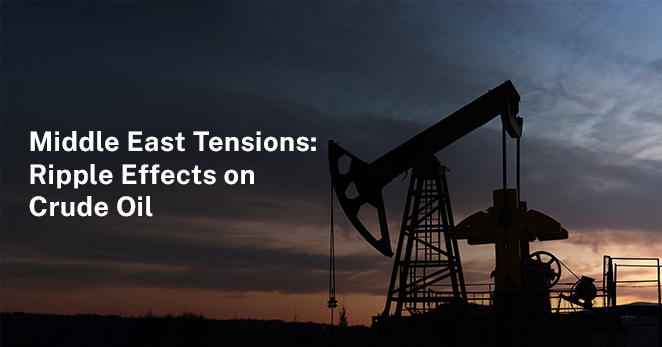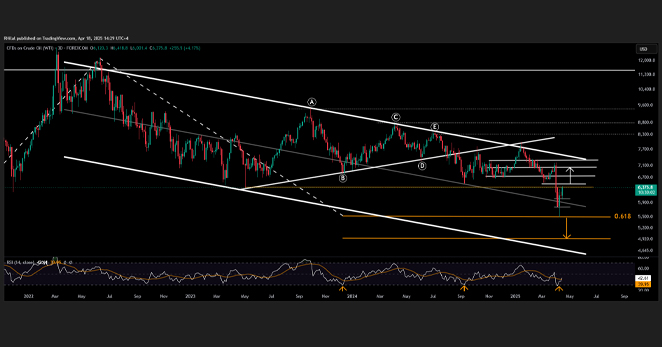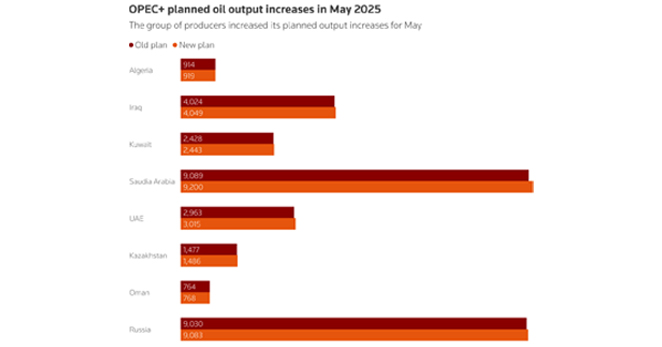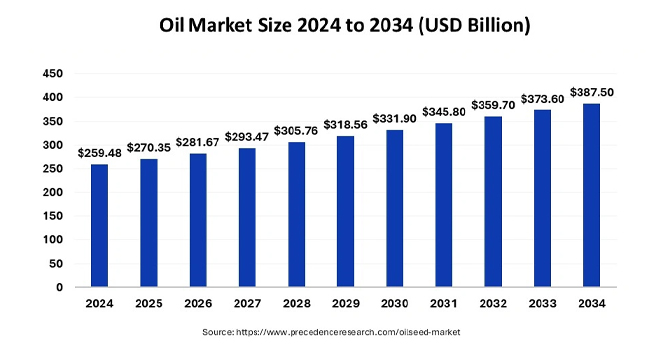
The Middle East plays a strategic role in the global oil market and is home to some of the largest commodity producers, such as Saudi Arabia, Iran, and Iraq. However, it is also a region marked by geopolitical instability. This blog explores how these geopolitical strains impact crude oil and other commodities and what measures OPEC is willing to undertake in response.
Middle East Tensions and Their Impact on Crude Oil and Commodities

Recent escalations in conflicts, such as the ongoing hostilities involving Iran, Israel, and proxy groups like Yemen’s Houthis, have heightened risks to oil production and maritime trade routes. For instance, attacks on Israeli-linked ships in strategic waterways like the Red Sea and Bab al-Mandab Strait disrupt global trade flows and threaten supply security.
These geopolitical risks have led to upward pressure on oil prices. Brent crude recently rose to around $70.89 per barrel, with similar gains in West Texas Intermediate (WTI), driven by fears of supply disruptions amid escalating conflicts and lower US oil production. The volatility in oil prices is also influenced by broader economic factors, including trade tensions between major economies like the US and China, which affect demand forecasts.
The tensions in the Middle East impact not only oil but also other commodities, such as gold, which often acts as a haven during times of geopolitical uncertainty. According to the World Bank’s Commodity Markets Outlook, regional conflicts have led to increased prices of key commodities, even amidst slow global economic growth. Additionally, heightened geopolitical tensions and investments in energy transition technologies are contributing factors to the ongoing elevation of commodity prices.
OPEC’s Response and Production Strategy

OPEC and its allied producers (OPEC+) have adopted a cautious but proactive approach to this market dynamics. Since late 2022, OPEC+ has implemented voluntary production cuts totaling about 2.2 million barrels per day to support oil prices and market stability.
However, starting April 2025, eight OPEC+ members, including Saudi Arabia, Russia, Iraq, and the UAE, have agreed to gradually reverse these cuts over an 18-month period through September 2026. This plan entails monthly incremental increases in production, averaging 137,000 barrels per day, with some countries like the UAE seeing a 300,000 barrels per day increase in their targets.
OPEC emphasizes that this production adjustment will be “gradual and flexible,” allowing the group to pause or reverse increases depending on evolving market conditions. This flexibility aims to balance market stability with the need to respond to geopolitical risks and demand fluctuations.
Outlook for 2025 and Beyond

Analysts expect the Middle East crude market in 2025 to be molded by the interplay of geopolitical tensions that shift demand patterns, especially from China and OPEC policies. While global oil demand growth is slowing down in traditional markets like the US, Europe, and China, demand is rising in India, Southeast Asia, and parts of Africa and Latin America. This shift may moderate price volatility but keeps the market sensitive to supply disruptions from the Middle East.
The World Bank projects that crude oil prices may soften marginally in 2025 but remain above pre-pandemic levels due to ongoing geopolitical risks. A significant escalation of Middle East conflicts could trigger sharp price spikes, exacerbating global inflationary pressures.
What Can Traders and Investors Do?

Watch Headlines and Inventory Reports
Geopolitical news now moves markets faster than economic data. Also, monitor EIA and OPEC monthly reports for production updates.
Consider Hedging Tools
Crude oil futures, ETFs like USO or Brent Oil Fund, and even options can be used to hedge against price swings.
Diversify Exposure
Broaden exposure to defensive assets like gold or commodities not directly linked to Middle Eastern supply chains.
Stay Nimble but Strategic
Avoid overreacting to every headline. Volatility creates opportunity if you stay grounded in fundamentals.
Go Deeper

Middle East tensions continue to be a critical factor influencing crude oil and commodity markets. The region’s geopolitical instability raises risks of supply disruptions, pushing oil prices higher and impacting related commodities like gold. OPEC+ is navigating this complex environment by cautiously adjusting production levels, aiming to maintain market stability while staying responsive to evolving conditions. Follow VT Markets for in-depth commodity insights, weekly forecasts, and expert-led sessions that decode the markets for you.







